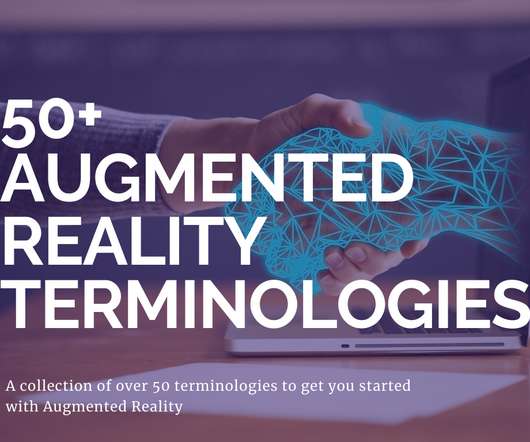Top 50 Terminologies related to AR/VR
ARVR
DECEMBER 1, 2020
measures orientation and angular velocity; for ARCore-capable smartphones, it helps enable motion tracking. The simulation (or recreation) of sense of touch through the sensations of applying force, vibration, or motion to the user. when the device has internal cameras and sensors to detect motion and track positioning.










Let's personalize your content